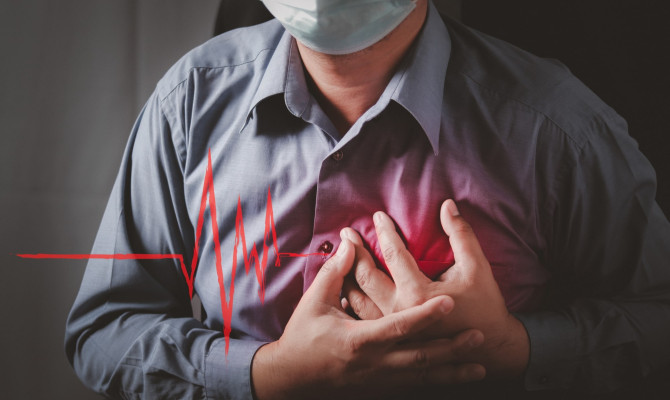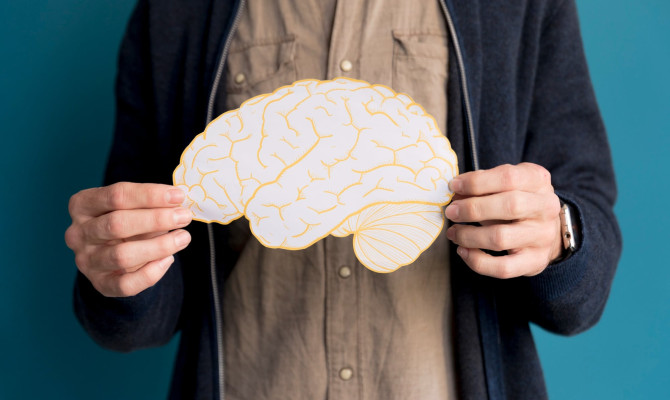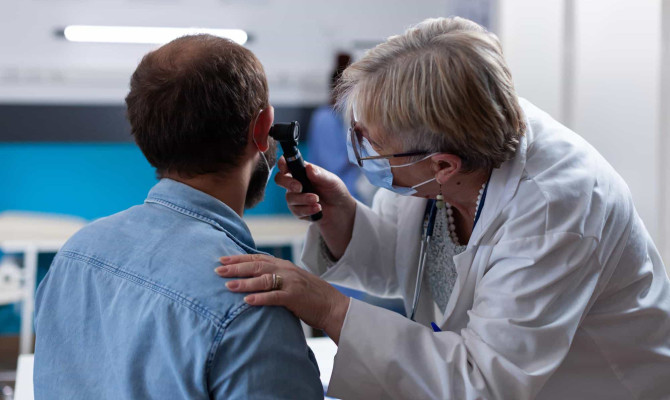Atrial Fibrillation : A General Overview

- Atrial Fibrillation
- 16 Aug 2023
Overview
What is Atrial Fibrillation?
The most frequent type of cardiac arrhythmia, also referred to as A-Fib or AF, is atrial fibrillation. When the upper and lower chambers are out of sync, it results in the heart beating too slowly, too fast, or irregularly. This results from a distortion of electrical signals that regulate the heart’s regular rhythm. Even if atrial fibrillation does not show any symptoms, treatment is still important. The risk of developing A-fib increases with advanced age. 1Overview| Researched based study from Nlm.nih.gov 3Overview| Researched based study from cedars-sinai.org
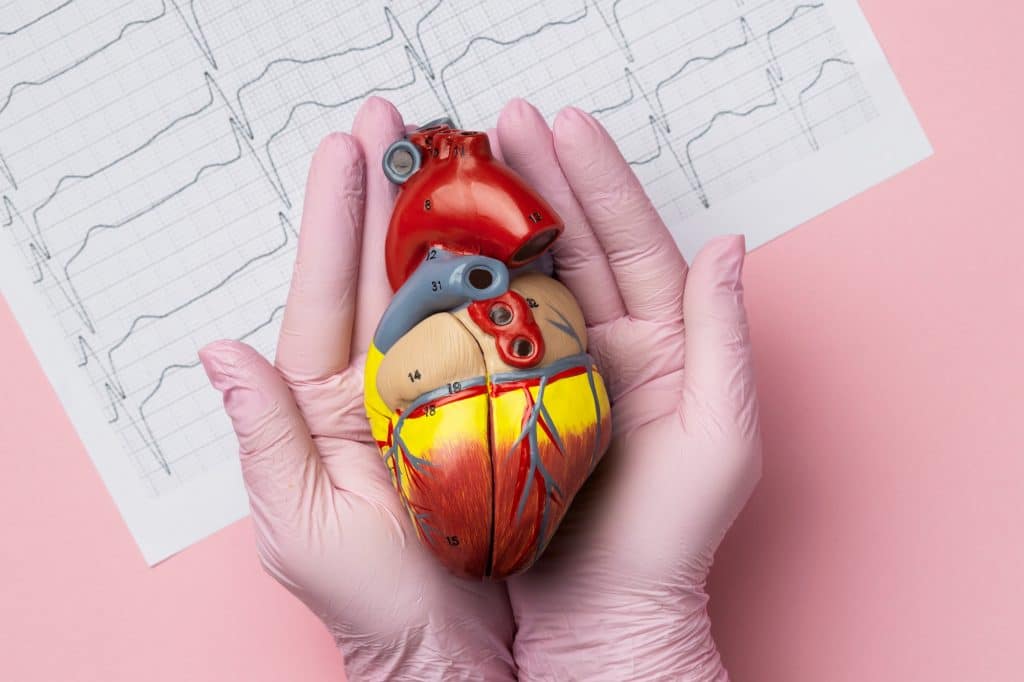
Mechanism
Atrial Fibrillation Mechanism
Although the mechanics behind AF are not entirely understood, it requires a foundation for maintenance (i.e. dilated left atrium) and an initiating event (focal atrial activity or PACs). Proposed mechanisms include:
Focal Activation
- AF that develops from a focal area of activity. Increased automaticity or micro re-entry may cause this action to be activated in the pulmonary veins, often.
Multiple Wavelet Mechanism
- The formation of numerous little wandering wavelets is known as the multiple wavelet mechanism. Re-entry circuits are formed by some of the wavelets that keep the fibrillation continuing. This process is accelerated by a dilated LA because the greater surface area makes continuous waveform propagation possible.7Mechanism| Researched based study from Litfl.com
Classification
Classification of atrial fibrillation
Atrial fibrillation is classified into three types
Paroxysmal Atrial Fibrillation
- There could be a sudden attack or transient episode of atrial fibrillation.
- You might have symptoms, or they might disappear quickly. Usually, it lasts for less than 24 hours, although it could last up to a week.
- Paroxysmal atrial fibrillation can occur in many episodes. If your symptoms resolve on its own, treatment is not necessary; otherwise, you might need it.
Persistent Atrial Fibrillation
- Persistent atrial fibrillation is when you experience abnormal heart rhythm for more than a week.
- Your heartbeat may need to be controlled with medication, but it may also gradually get better on its own.
Long-term Persistent Atrial Fibrillation
- Atrial fibrillation that persists for longer than a year without improvement is referred to as long-term persistent atrial fibrillation. 8Classification| Researched based study from Nhlbi.nih.gov 5Classification| Researched based study from clevelandclinic.org
Symptoms
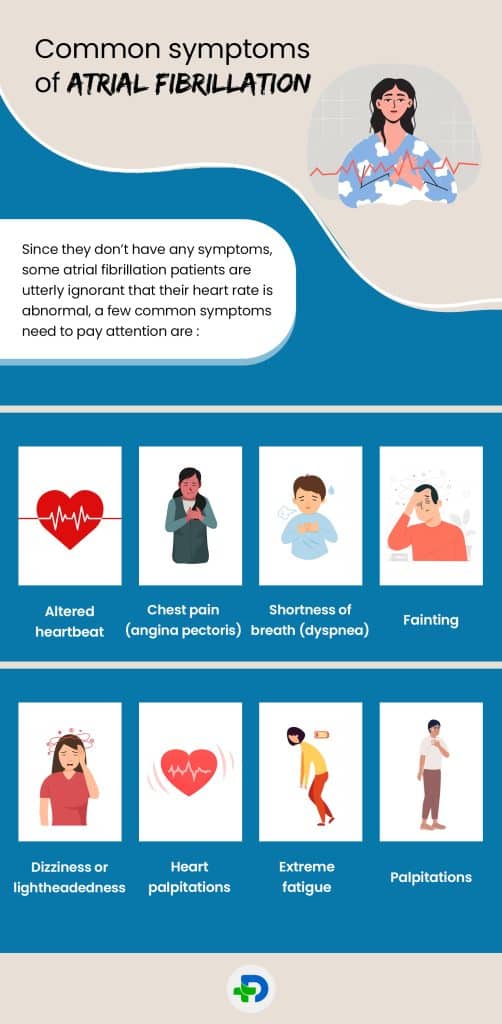
Common symptoms of atrial fibrillation
Since they don’t have any symptoms, some atrial fibrillation patients are utterly ignorant that their heart rate is abnormal, a few common symptoms need to pay attention are :
- Altered heartbeat
- Chest pain (angina pectoris)
- Shortness of breath (dyspnea)
- Fainting
- Dizziness or lightheadedness
- Heart palpitations
- Extreme fatigue
- Palpitations (racing or fluttering feeling in your chest) 8Symptoms| Researched based study from Nhlbi.nih.gov 4Symptoms| Researched based study from betterhealth.vic.gov.au
Risk Factors
What are the risks factors for Atrial Fibrillation?
Atrial fibrillation risk rises with aging. High blood pressure is another important risk factor in addition to being older. Risk of developing atrial fibrillation increases if you have any of the following conditions.
- Coronary artery disease
- Congenital heart disease
- Genetic factors
- Heart failure
- Increased alcohol consumption
- Type 2 diabetes
- Obesity
- Hyperthyroidism
- Sleep apnea
- Chronic obstructive pulmonary disease (COPD)
The likelihood of having the structural and electrical imbalances that cause atrial fibrillation can also be increased by factors like age, lifestyle, family history and genetics, heart disease or other medical disorders, race, and prior surgical experience. 2Risk factors| Researched based study from Cdc.gov 5Risk factors| Researched based study from clevelandclinic.org
Complications
Complications of Atrial Fibrillation
Atrial fibrillation can result in major problems if it is not recognized or treated. An elevated risk of stroke exists in those who have atrial fibrillation. In rare circumstances, atrial fibrillation can lead to cardiac failure. It’s important to be aware of warning signs to seek emergency medical treatment.
A stroke
- Stroke is due to a disruption or reduction in the blood flow to a portion of the brain. The start of atrial fibrillation may be indicated by a stroke.
Signs of Stroke
- Unrelated sudden headache
- Feeling unsteady or dizzy
- Walking difficulty
- Vision problems in either one or both of your eyes
- Unexpected confusion, difficulty in speaking or understanding speech
- Numbness or paralysis of the face, arm or leg (especially on one side of the body)
Cardiac arrest
- Occurs when the heart abruptly stops beating. If this happens, blood flow to the brain and other important organs is interfered with.
Signs of Cardiac Arrest
- Shortness of breath (dyspnea)
- Nausea and vomiting
- Chest pain (angina)
- Feeling dizzy or lightheaded
- Unusual fatigue
Heart failure
- Failure of heart arises when the heart’s blood pumping ability is reduced. In this circumstance, blood frequently backs up and fluid can build up in the lungs, which can cause shortness of breath.
Signs of Heart Failure
- Upper abdominal or chest-center pain, discomfort, or pressure
- Persistent coughing or wheezing
- Appetite loss
- Nocturia (urination at night)
- Unusual fatigue or weakness even after rest.
- Swollen feet and ankles
- Irregular pulse rate or palpitation 5Complications| Researched based study from clevelandclinic.org 3Complications| Researched based study from Cedars-sinai.org
Diagnosis
Diagnosis of Atrial Fibrillation
Atrial fibrillation can go undetected in some individuals (A-fib). During a physical examination for another reason, a doctor may hear an A-fib when using a stethoscope to listen to the heart.
Your doctor may confirm the diagnosis of atrial fibrillation through several tests. These tests consist of:
Electrocardiogram (ECG or EKG)
- This rapid and painless test, known as an electrocardiogram (ECG or EKG), helps to measure the electrical signal of the heart. It allows your doctor to establish whether your heart is beating normally by detecting and recording the electrical activity of your heart.
Echocardiogram
- Images of the size, composition, and velocity of the heart are produced during this noninvasive test using sound waves.
- An echo utilizes ultrasound technology to display the activity of the heart. It could be a sign of problems with blood flow and cardiac muscle contractions.
Blood Tests
- A-fib may occasionally result from blood-chemistry abnormalities. Straightforward blood tests can reveal your thyroid hormone and potassium levels, which can help your doctor determine the appropriate medications for you based on how well your liver and kidneys are functioning.
Holter Monitor
- This little portable ECG device is carried around for daily tasks and can be worn on a belt or shoulder strap or kept in a pocket.
Chest X-ray
- X-ray images are used to evaluate the health of the heart and lungs.
Stress Test
- Also known as exercise testing, includes monitoring the heart while exercising on a stationary bike or treadmill. 5Diagnosis| Researched based study from clevelandclinic.org 6Diagnosis| Researched based study from Mayoclinic.org
Treatment
Treatment of atrial fibrillation
Treatment of atrial fibrillation may involve:
Medications to lower the risk of stroke
- To reduce the risk of stroke and blood clots (Examples include warfarin and NOACS (novel oral anti-coagulants) such as dabigatran, apixaban, and rivaroxaban)
To normalize the cardiac rhythm
- To help the heartbeat in a normal sinus rhythm, it can be given as tablets or injections
- Examples include sotalol, disopyramide, flecainide, and amiodarone
Medications to slow the heart rate
- In order to prevent the ventricles from pounding too quickly (Examples include digoxin, beta-blockers such as atenolol and metoprolol, calcium channel blockers such as diltiazem and verapamil)5Treatment| Researched based study from clevelandclinic.org
Surgery
Surgeries for atrial fibrillation
Electrical Cardioversion
- Where the heart is given a controlled low-energy electric shock to restore normal rhythm, however, it might just be a short-term fix
Catheter Ablation
- This procedure uses radiofrequency waves to eliminate the tiny region of the heart that is causing the abnormal cardiac rhythm; you may then need to have a pacemaker placed to restore your heart’s normal rhythm.
Maze Operation
- In comparison to catheter ablation, this surgery creates a “maze” of tiny scars that “trap” the origin of atrial fibrillation and provides sinus node control.
- This operation is typically conducted as a component of heart surgery that is carried out for other reasons 5Surgery| Researched based study from clevelandclinic.org 8Surgery| Researched based study from nhlbi.nih.gov
Prevention
Lifestyle modification to prevent atrial fibrillation
- Your doctor may advice you to adopt the following heart-healthy lifestyle changes:
- Maintain a healthy weight to lessen the intensity and prevalence of atrial fibrillation attacks
- Consume heart-healthy foods
- Restrict or avoid alcohol consumption or other stimulants such as caffeine which may increase your heart rate
- Give up smoking as well as using tobacco products.
- Do regular minimal exercise and be physically active
- Try to stop using illegal or street drugs.
- Manage stress 3Prevention | Researched based study from cedars-sinai.org
Any feedback on this article?
 This Articles content was accurate
This Articles content was accurate Very Informative Article
Very Informative Article I have a question or a comment
I have a question or a comment
 This article contains inaccurate content
This article contains inaccurate content This article was not helpful
This article was not helpful I have a question or a comment
I have a question or a comment
We appreciate your helpful feedback!
Checkout our social pages
References
-
National Library of Medicine
Atrial Fibrillation | Overview
-
Centers for Disease Control and Prevention
Atrial Fibrillation | Risk factors
-
Cedars Sinai
Atrial Fibrillation | Overview | Complications | Prevention
-
Better Health Channel
Heart conditions - atrial fibrillation | Symptoms
-
Cleveland Clinic
Atrial fibrillation | Classification | Risk factors | Complications | Diagnosis | Treatment | Surgery
-
Mayo Clinic
Atrial fibrillation | Diagnosis
-
Life in the Fastlane
Atrial Fibrillation | Mechanism
-
National Heart, Lung, and Blood Institute
Atrial Fibrillation | Classification | Symptoms | Surgery












